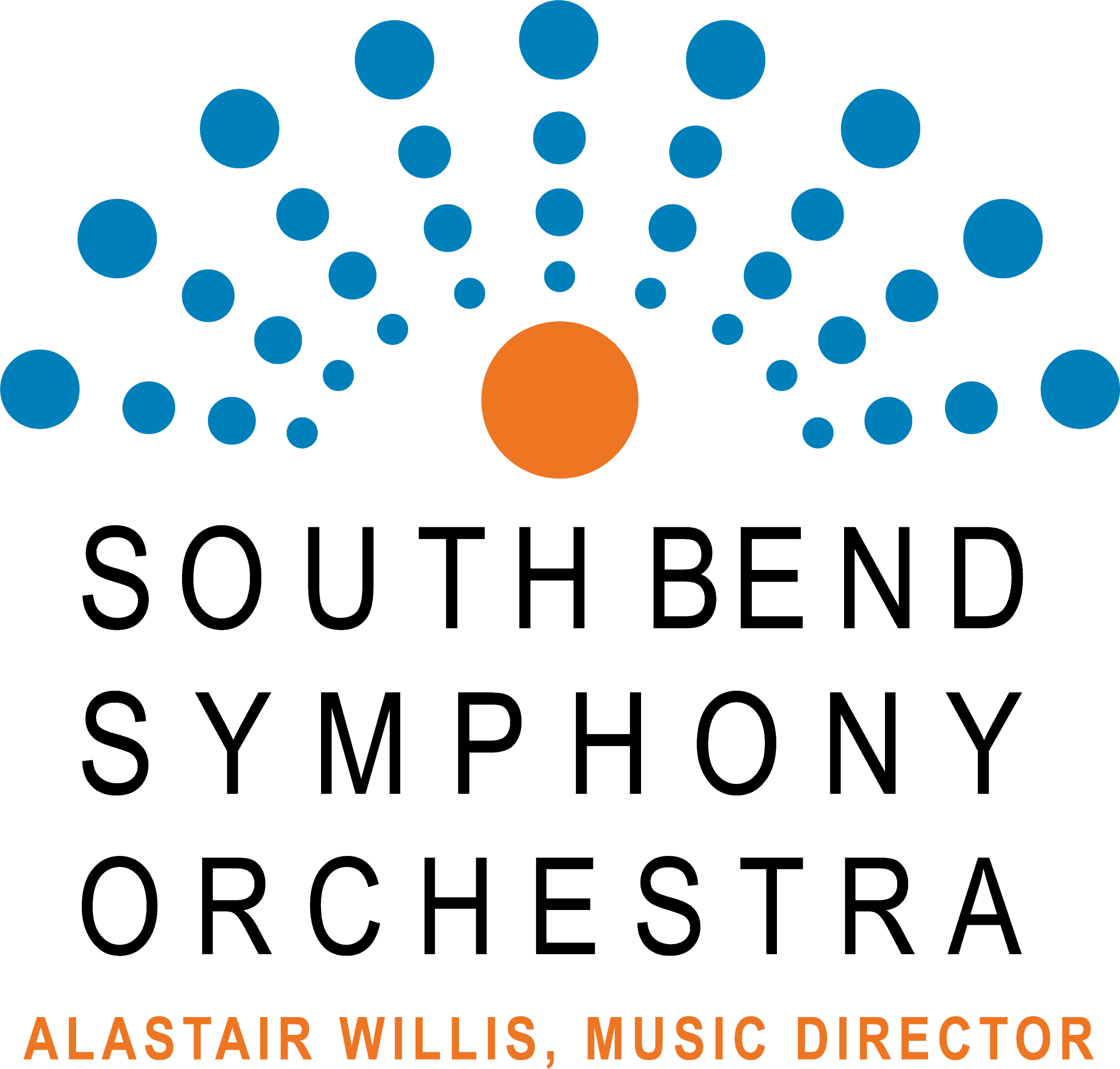January 8, 2023 2:30 pm
Indiana’s emerging next generation of composers compete for the honor to write and conduct with the Symphony. Copland’s Appalachian Spring with this an ideal America, one of the open fields and endless possibilities will conclude the concert.
Subscriptions are NOW on sale
- Click to become a subscriber online
- Call 574-232-6343 ext. #1
- Visit the office at 127 N. Michigan St., downtown South Bend (10 a.m. –5 p.m. Mon.-Fri.)
Single tickets sales start on August 16, 2022
Program
Coming soon.
Program Notes
Coming soon.
Musicians
Meet the musicians here!
Series Sponsor
Thank you to our generous series sponsor; June H. Edwards Mosaic Series.
Program subject to change.
